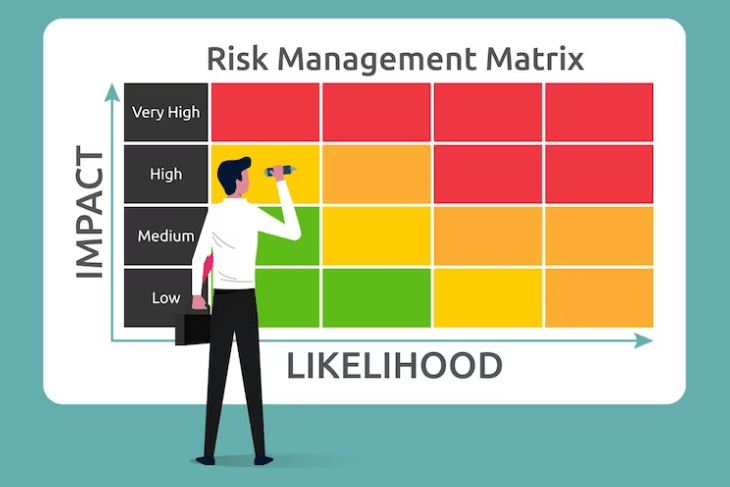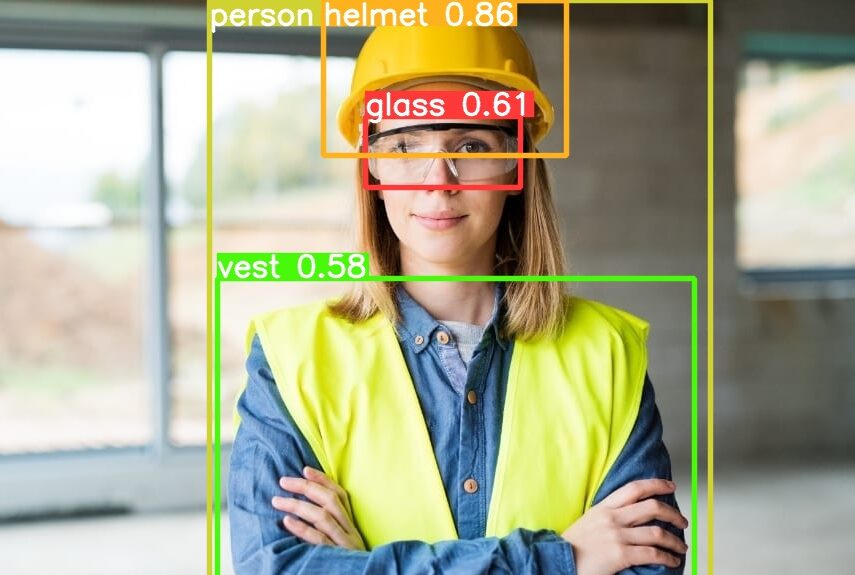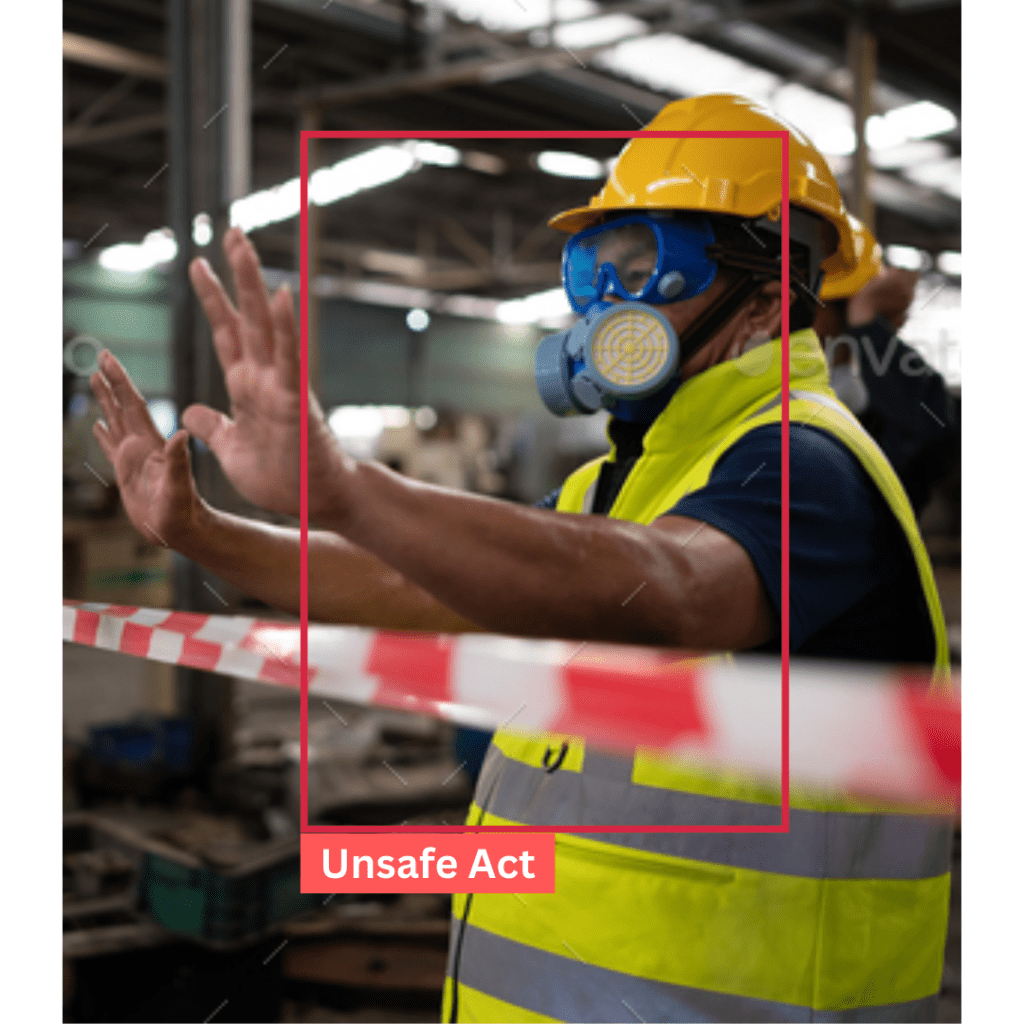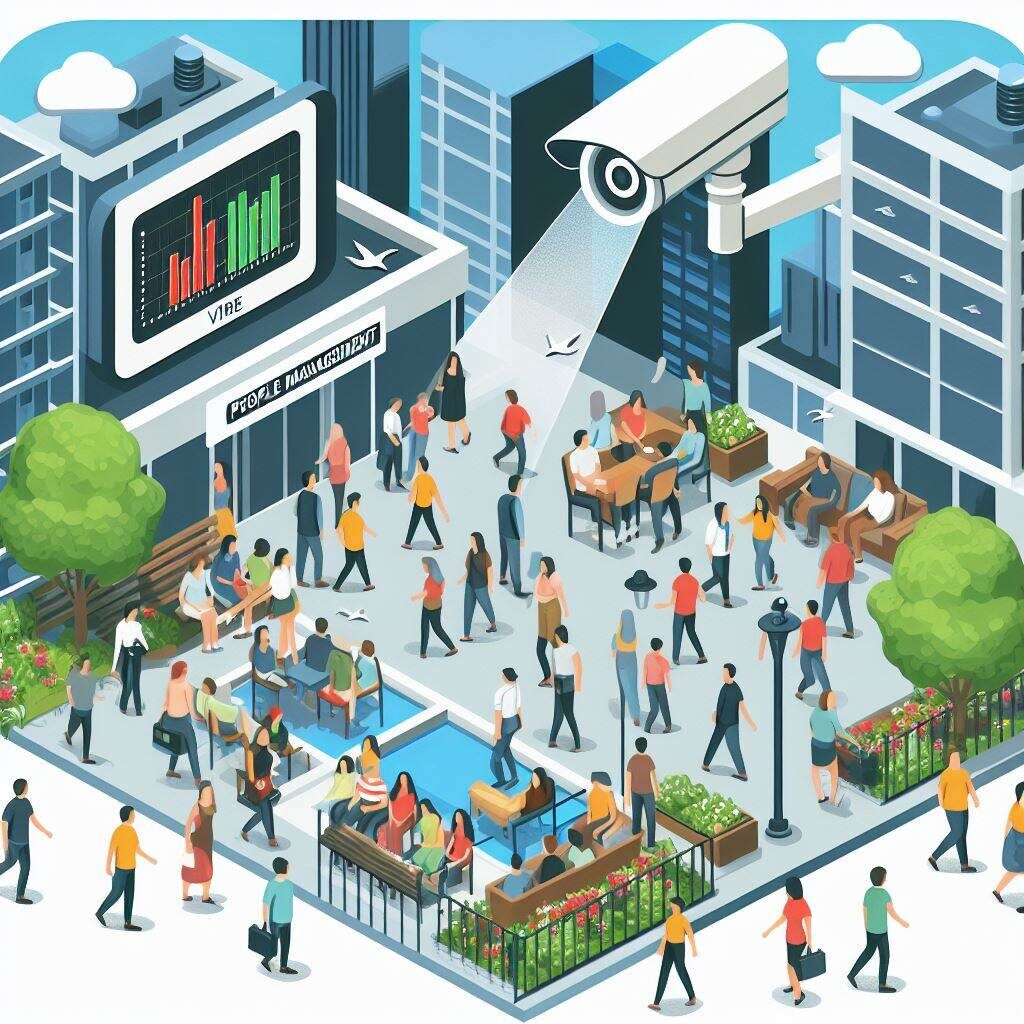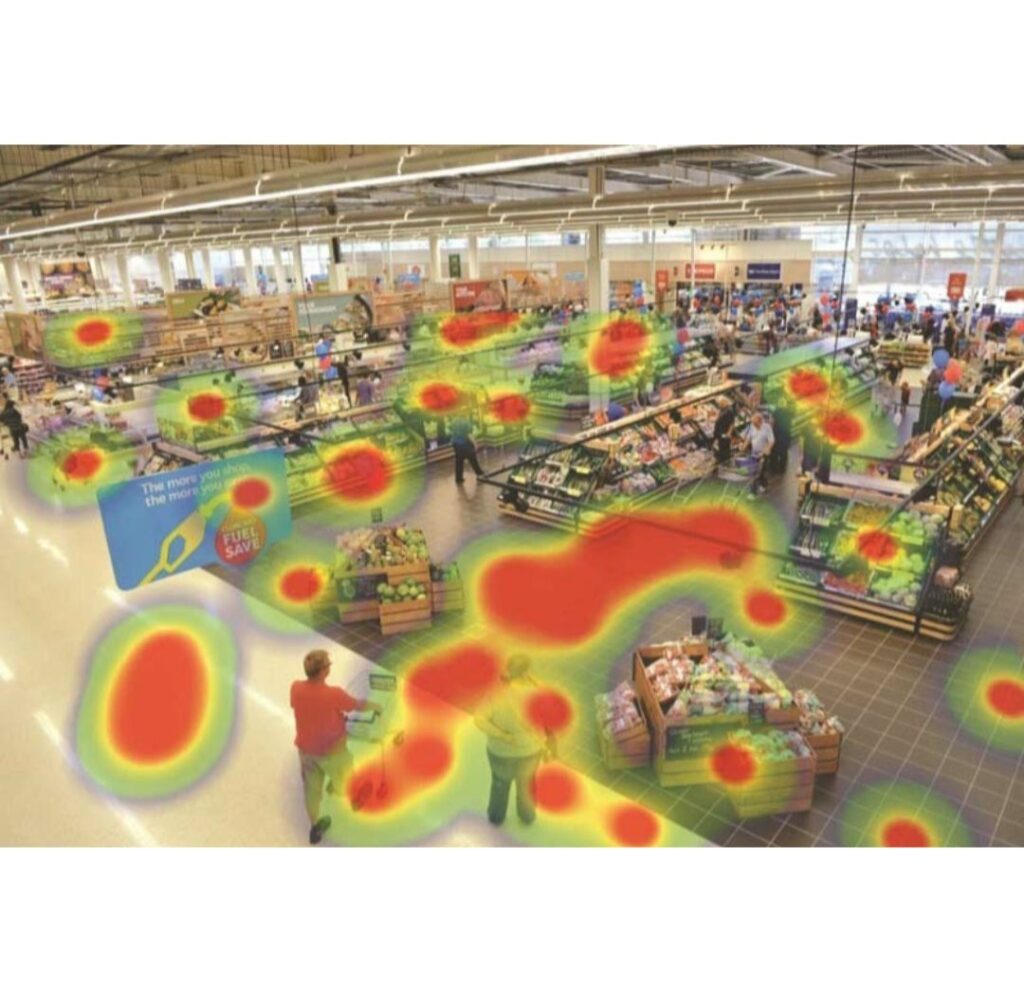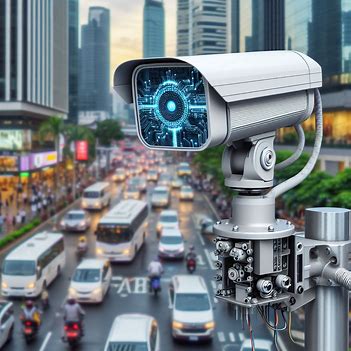EH&S Software for Preventing Slips, Trips, and Falls
Introduction:
Slips, trips, and falls (STFs) are among the most common workplace accidents, resulting in injuries, lost productivity, and financial losses. Fortunately, modern technology offers innovative solutions to address these safety concerns. Environmental, Health, and Safety (EH&S) software plays a crucial role in preventing STFs and creating safer work environments. In this blog, we’ll explore how EH&S software can help organizations reduce the risk of STFs and ensure the well-being of their employees.
Understanding the Slips, Trips & Falls Problem:
Before we explain the solutions, it’s essential to grasp the significance of the STF problem. STFs can happen in any industry and can be caused by various factors such as wet floors, uneven surfaces, poor lighting, or cluttered workspaces. These accidents not only lead to personal injuries but also result in increased insurance costs, worker’s compensation claims, and potential legal issues.
The Role of EH&S Software:
EH&S software is designed to manage and enhance safety, compliance, and sustainability within an organization. Here’s how it can help prevent Slips, Trips and falls:
1. Incident Reporting and Investigation: EHS Software Solutions enables employees to report incidents, near misses, or hazards promptly. This allows organizations to identify potential STF risks and take corrective actions to prevent future accidents.
2. Safety Inspections and Audits: Regular safety inspections and audits can identify hazards related to STFs. EH&S software simplifies this process by providing checklists, assigning tasks, and tracking the progress of corrective actions.
3. Training and Awareness: EH&S software for employee training allows organizations to create and manage safety training programs. Employees can access online training materials to become more aware of STF risks and learn preventive measures.
4. Data Analytics and Reporting: With EH&S software, organizations can collect and analyze data related to STF incidents. This data can be used to identify trends, assess the effectiveness of safety measures, and make data-driven decisions to prevent future incidents.
5. Communication and Collaboration: EHS management software fosters better communication among employees and management regarding safety issues. It streamlines the reporting of STF concerns and facilitates collaboration in finding solutions.
6. Mobile Accessibility: Many EH&S management software solutions offer mobile applications, allowing employees to report hazards and incidents on the go. This real-time reporting improves response times and enhances safety.
7. Compliance Management: Compliance with safety regulations is essential in STF prevention. EHS software helps organizations stay compliant by providing access to relevant regulations and automating compliance tracking.
8. Ongoing Improvement: EH&S software promotes a culture of continuous improvement in safety practices. It allows organizations to assess the effectiveness of safety initiatives and make necessary adjustments to reduce STF risks.
Advanced AI solution for Workplace safety:
Our advanced AI-driven system employs a combination of machine learning, computer vision, and sensor technologies to provide real-time monitoring and immediate alerts for potential hazards. Whether in a factory, warehouse, construction site, or any other environment, our innovative solution is designed to enhance workplace safety, mitigate risks, and ultimately save lives.
Conclusion:
Preventing slips, trips, and falls in the workplace is not just about creating a safe environment; it’s also about fostering a culture of safety and accountability. EHS software provides the tools and infrastructure to support such a culture, making it an invaluable asset for organizations striving to protect their employees and their bottom line. By utilizing EHS software, companies can proactively address STF risks, improve safety measures, and ultimately create safer workplaces for all.







